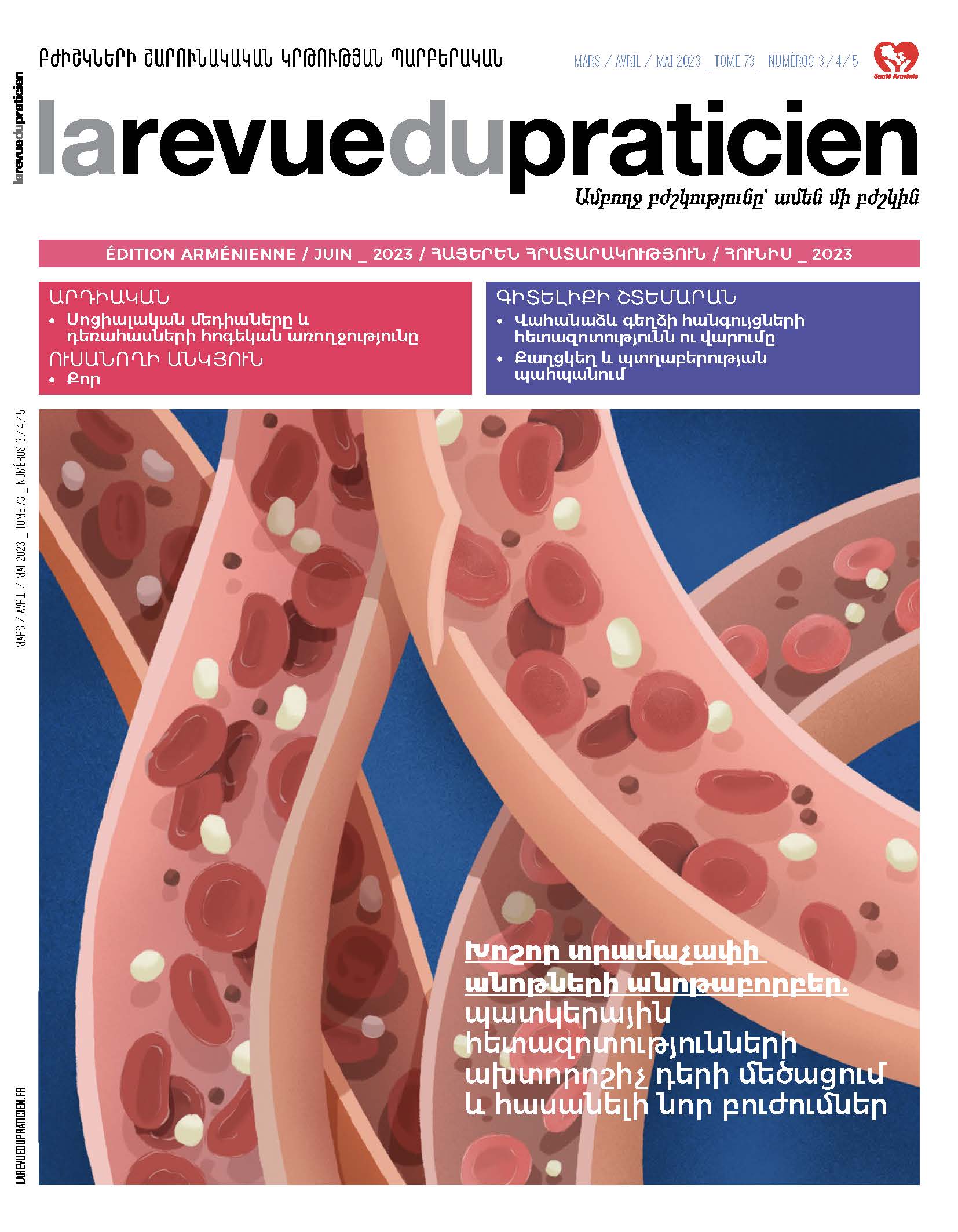Takayasu's arteritis 60
Alexis F Guédon, Raphaël Bourgade, Mounia Elhannani, Claire Toquet, Olivier Espitia, Olivier Fain, Arsène Mekinian.Abstract
Takayasu’s arteritis is an inflammatory panarteritis of the large vessels, preferentially affecting the aorta, its main branches, and the pulmonary arteries. Its incidence is estimated at 1.11 cases per million person-years, with a female predominance. The disease is classically characterized by the succession of two phases: a pre-occlusive inflammatory phase that may go unnoticed and an occlusive phase characterized by ischemic vascular symptoms because of parietal arterial lesions such as stenosis, occlusion or aneurysm. The diagnosis is based on clinical, biological and morphological findings. When available, pathological examination reveals a predominantly medial-adventitial, segmental and focal granulomatous panarteritis. Treatment consists of administering corticosteroid therapy and often immunosuppressants, or even biotherapies, managing cardiovascular risk factors, and managing vascular complications.
